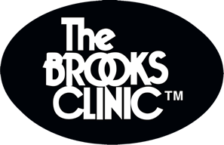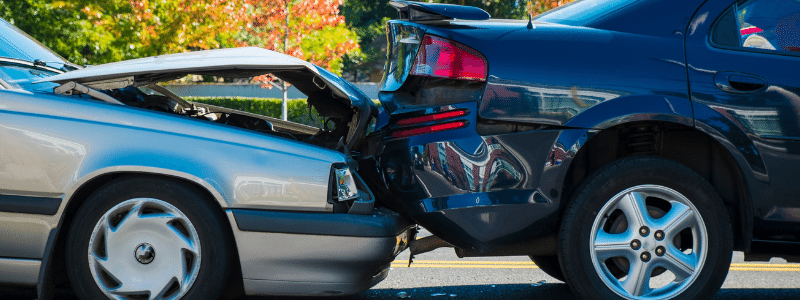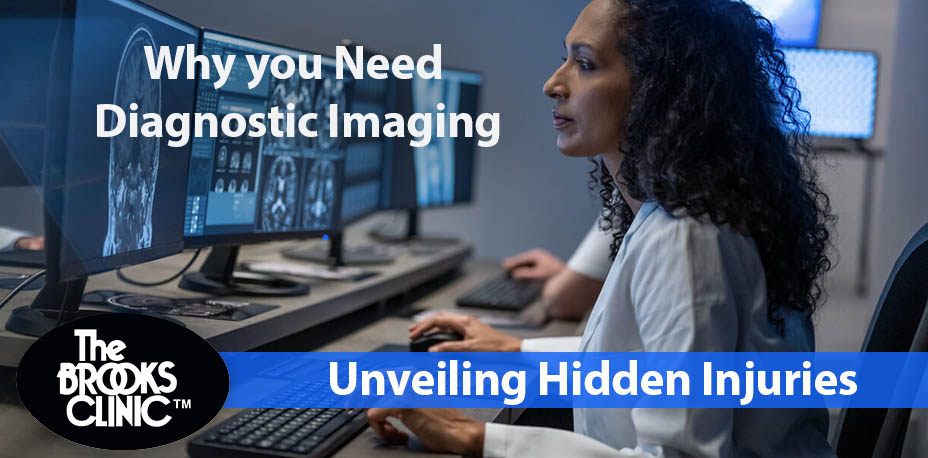Rear-end collisions are the most common auto accidents in the US. According to the National Transportation Safety Board (NTSB), over 2 million auto accidents are rear-end accidents. This is one reason why so many auto manufacturers are spending billions of dollars on technology that would effectively take over and stop a car from hitting the car in front. Rear-end collisions cause a great deal of stress on the body, and some of these effects don’t manifest for days or even weeks. In this article, we’ll look at what effects rear-end collisions have on our bodies and what we do if we find ourselves dealing with a rear-end collision.
Head Injuries
When there’s a rear-end collision, often times the head is thrust forward causing you to hit the steering wheel. If the air bags deploy then your head can take a hit, causing bruises to your face. While some of these effects are noticeable right away, some may develop over the following days or even weeks but are just as important, if not more. Be on the look out for these symptoms from head injuries:
- Pulsing headaches
- Eyesight issues
- Ear pain or swelling
- Dental problems
- Changes in color of your face
Neck Pain Or Stiffness
The next part of the body that is affected by rear-end collision is the neck. The impact of rear-end collision causes your neck to swing forcefully as it tries to maintain balance. The great pressure applied at the neck can cause muscle sprain and strain leading to sharp pain and stiffness around the neck.
Spinal Code Impact
Normally our spines allow us to keep parts of our bodies such that we can walk, sit, stand, and move about freely. During a rear-end collision, our spine is thrown out of sync, which affects all our limbs almost immediately. Thankfully, our bodies have coping mechanisms that go into effect to re-calibrate and adapt. Sometimes, though, the stress on the spine is too much for the body to handle. Too much stress on the spine affects the arms, back and even legs. Here are a few issues that you may see as a result of a compromised spine:
- Back stiffness
- Hip stiffness when turning
- Loss of grip in the hands
- Pain radiating down the spine
- Numbness
How To Reduce Rear-End Collison
There are steps we can all take to prevent rear-end collision. Here are 3 top tips to avoid rear-end auto accidents.
- Make wearing a seat belt a habit. Seat belts should not just be worn by the driver. Everyone riding should have a seat belt on. Young kids should have the right seat and restrain on for extra protection.
- Maintain a good distance between you and the car ahead of you. Plan ahead to make sure you are not speeding to make it to work or an appointment.
- Apply defensive driving. Pay attention on the road for other drivers who may be distracted and try to stay away from them as much as possible.
What To Do After Rear-End Collision
The most important thing to do for your body after a rear-end collision is to get a medical checkup as soon as possible. We have an article about choosing the best auto injury clinic so please review it. A board-certified doctor will know what to look for and provide you the best treatment for your conditions.Here at The Brooks Clinic we have same-day appointments and when you come in you’ll be seen by an experienced auto accident doctor. Give us a call today.




